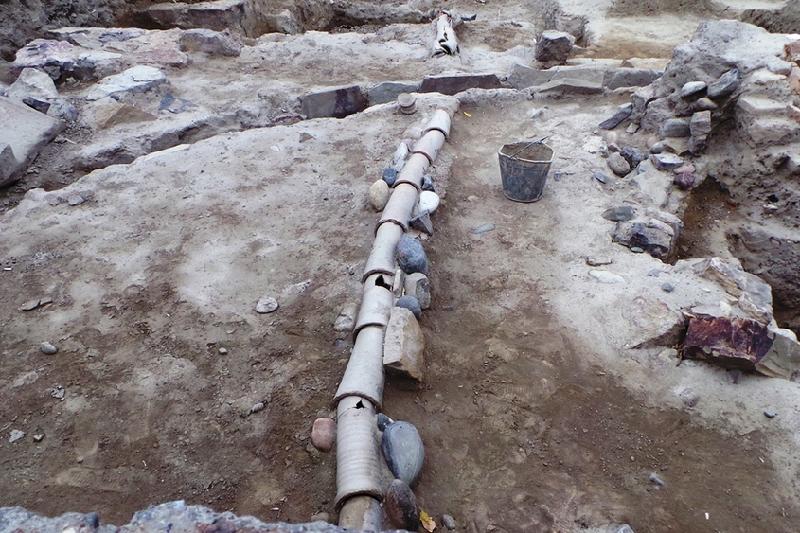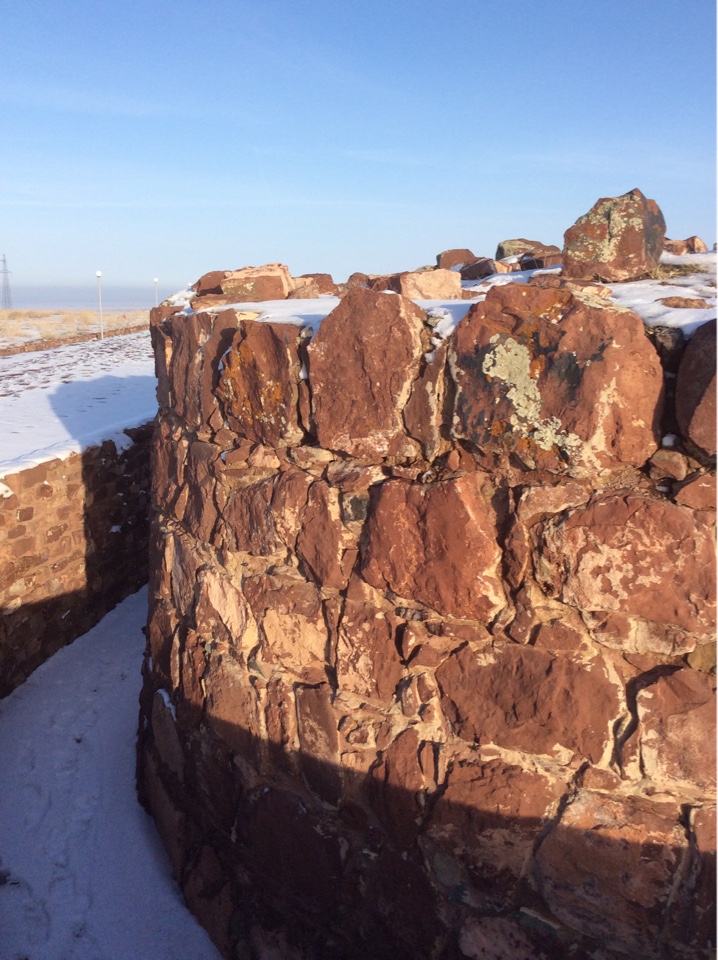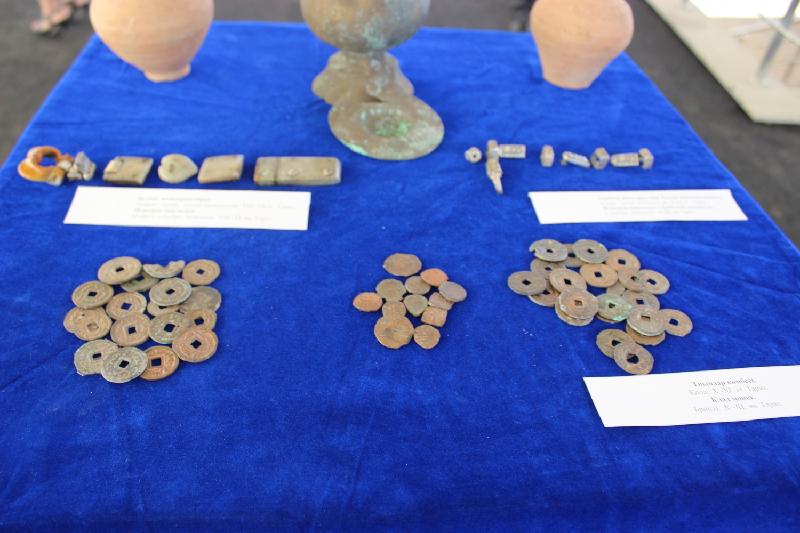ASTANA – Thirty projects to preserve history and encourage cultural development are being developed in the Zhambyl region as part of the Rukhani Janghyru (Modernisation of Kazakhstan’s Identity) programme, reported Kazinform.
“Six out of 27 projects have already been implemented as part of the Tugan Zher (Small Homeland), the Sacred Geography of Kazakhstan and the Modern Culture projects,” said regional culture, archive and documentation department head Duissenali Bykybayev.
The programme aims to implement the tasks set in President Nazarbayev’s article titled “Course towards the Future: Modernisation of Kazakhstan’s identity” in the next five years.
Financing of the culture sector increased to 2 billion tenge (US$6.1 million) from 2012 to 2017 in the region. Nearly 250 cultural objects were reconstructed, including the Balasagun central concert hall in Taraz, the Alexander Scriabin memorial museum, a medieval mosque near the Karakhan mausoleum and the Akyrtas palace complex. The Zhambyl Zhabayev centre was also opened.
“The map of sacred sites has been developed to boost domestic tourism and promote the historical and cultural heritage sites. The tourist infrastructure is also improving. The digitalisation of library and museum funds is currently underway. The theatre festivals and competitions, aitys (song contests) and other concerts are held,” he noted.
Eight historical and cultural sites in the Zhambyl region were included in the list of the national fund for sacred objects. These are the ancient settlement of Taraz, a large medieval city centre and former Kazakh Khanate capital (dated to the 1st – 19th centuries), the Tekturmas mausoleum (dated to the 14th century), the Karakhan mausoleum (dated to the 12th century), the Aisha Bibi mausoleum (dated to the 11th – 12th centuries), Babadzhi-Khatun mausoleum (dated to the 10th – 11th centuries), the Baisak batyr mausoleum, the Akyrtas palace complex (dated to the 8th – 19th centuries) and Zhaisan Sanctuary.

“Tens of thousands of artefacts were found during the archaeological excavations of the Taraz ancient settlement. The excavations were also conducted at the Bektobe, Georgievsk, Tamdi, and Saudakent ancient fortifications. Historians and archaeologists plan to conduct conservation and museumification of these sites. These sites will be included in the list of micro-sacral objects. All the artefacts will be transferred to the Zhambyl regional museum of natural history,” he said.
The Rukhani Janghyru, a programme article aimed at reviving the spiritual values of the nation taking into account all the contemporary risks and challenges of globalisation, was launched in 2017. It includes the Tugan Zher special project promoting patriotism among residents, the Sacred Geography of Kazakhstan project about the sacred sites, their history and descriptions, as well as other related projects such as the 100 New Faces highlighting success stories of self-made people in various walks of life.




